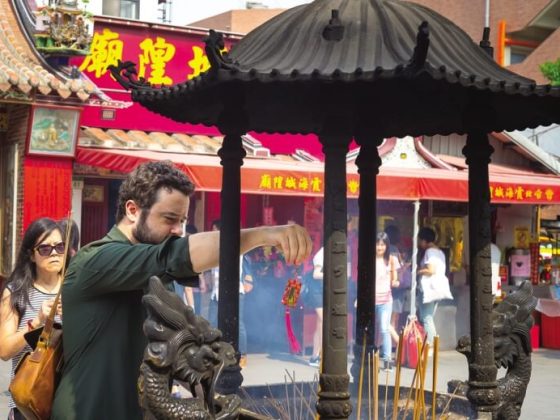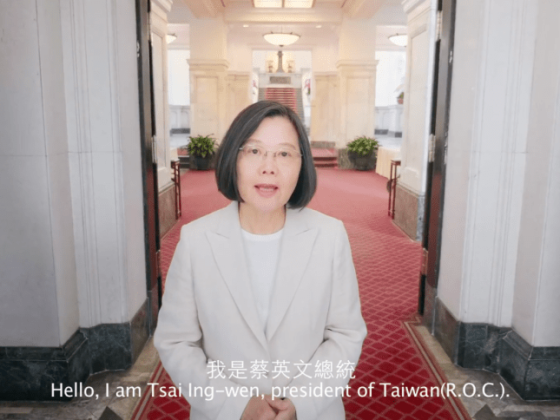Rick Charette
Oh, the things you can do
That are good for you!
With 72 hours to use
In Taitung/Zhiben, wandering footloose
Isolated from the more heavily populated areas of Taiwan by the towering central mountains, the East Coast region is fondly referred to as Taiwan’s “backyard garden.” Here is a sampler buffet of the only-found-here sightseeing and cultural attractions on the menu in the Taitung City/Zhiben hot spring area.
Taitung City
Taitung City’s international-caliber National Museum of Prehistory(www.nmp.gov.tw) is a showcase platform for important local archeological finds. A section of the original digs can also be viewed nearby at the Beinan Culture Park (卑南文化公園) directly behind Taitung Railway Station. The NMP is one of Taiwan’s most valuable locations for the understanding of its original peoples, from prehistoric days to the present day. Descend along a glass-floor walkway into a mock-up of a dig site and view gems such as dioramas depicting prehistoric life, a brilliant-color oceangoing canoe specially created for the NMP by Orchid Island’s Dao tribe and sophisticated Beinan Culture jadeware unearthed in burial sites that defined social status. At the park is a small museum (housing the section of the original digs), replicas of traditional native structures and a hillside observation deck with sweeping views of the city-area topography. The Beinan Site (卑南遺址), dating back 5,000~2,000 years ago, is Taiwan’s most complete archeological site, with over 1,500 slate coffins and 20,000 other artifacts uncovered.
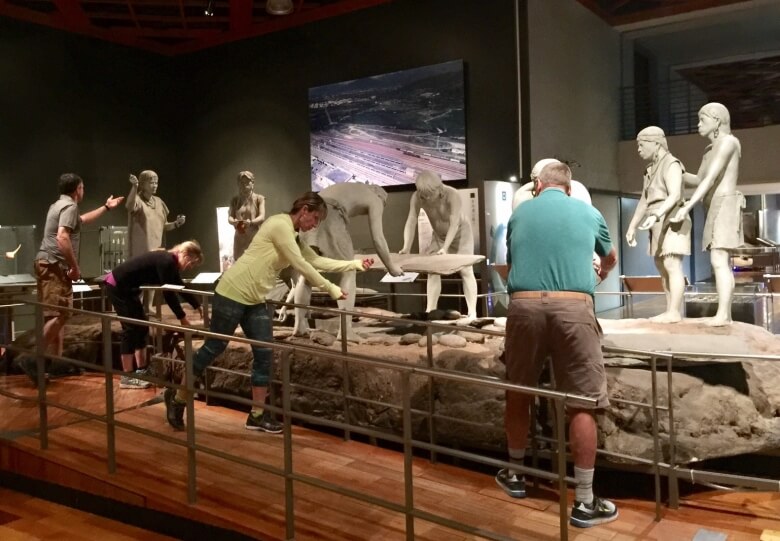
Right beside the park’s museum is the Guo-Ben Farm (國本農場), the site of a handsome sanheyuan (三合院; traditional three-sided courtyard-style residence) that has been carefully restored. It was built in 1941 during the Japanese occupation period by Wang Deng-ke (王登科), who was an important sugar-industry executive, head of Beinan Township and one of the area’s largest landowners. The residence, in the south Fujian architectural style common to Taiwan with extensive Japanese decorative flourishes inside, is one of the few sanheyuan dating back to Taitung City’s early stages of development. The volunteer organization that restored the residence and grounds also gives guided Chinese-language tours (advance booking is a must).
(Related: Six Spots in Taitung Worth Visiting)
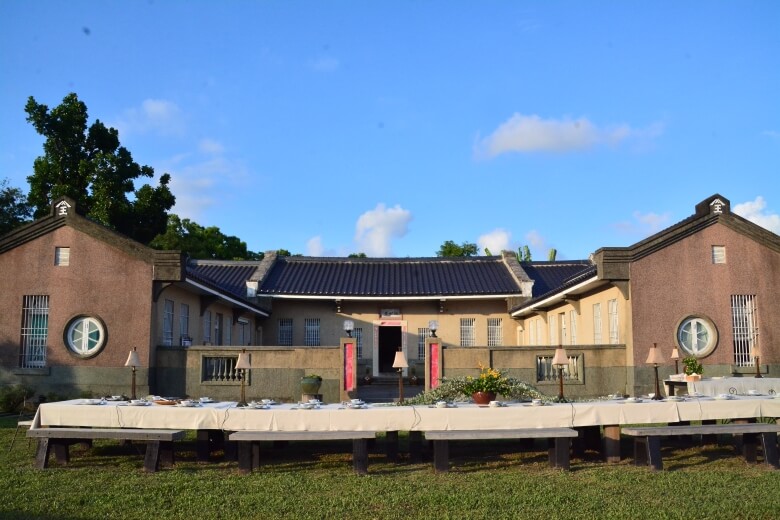
Image source: Hotel Royal Chihpen
Along the Coast
The Taitung/Zhiben region is one of Olympian geological drama. A fault line runs the length of the East Rift Valley – where the Eurasian and Philippine Sea tectonic plates are locked in a titanic tussle. The Coastal Mountain Range is closing in on the central mountains at an average of 2.3cm yearly. Coastal Xiaoyeliu (小野柳), just north of Taitung City, is a superb showcase of the region’s sculpting geo-forces. The natural stone-sculpture scenic area, right where land meets ocean, is festooned with rock formations: cuestas, mushroom rock, tofu rock and honeycomb rock. The visitor center has valuable displays on the geo-features of both Xiaoyeliu and the Coastal Mountain Range, with well-crafted scale models.
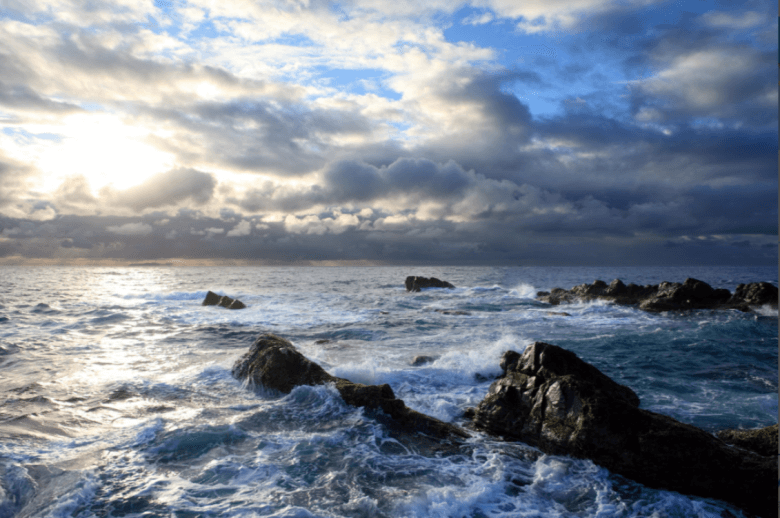
Further north is Sanxiantai(三仙台), the Platform of the Three Immortals, an iconic East Coast attraction. The massive black-tinged bluffs of this volcanic-rock island are said to be the petrified embodiment of three Daoist deities who rested here in the mythic past on a trans-oceanic quest. Accessible solely on foot via a long, curving arch bridge deliberately resembling a dragon, a visit takes about 90 minutes, including the island’s gentle-grade loop trail. Back on the mainland, many visitors also rent bikes to meander the breezy cycleway to nearby Jihui Fishing Harbor (基翬漁港), which starts at the Sanxiantai parking lot.
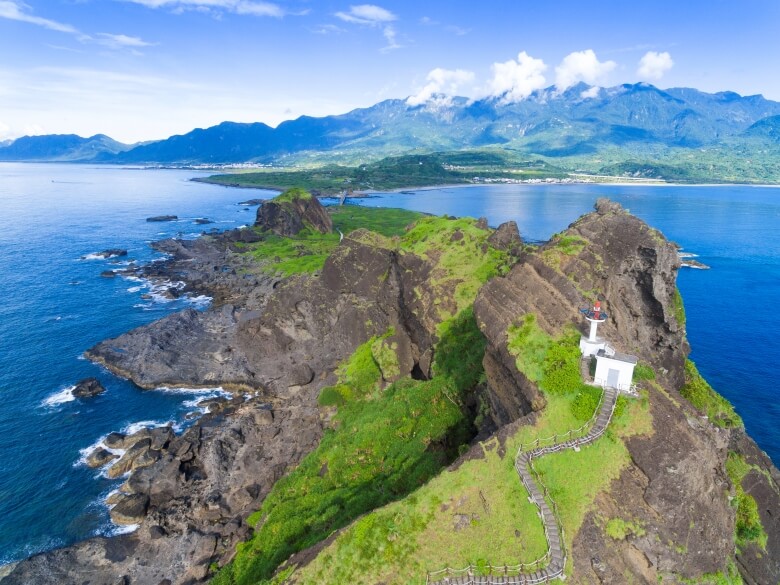
Sanxiantai 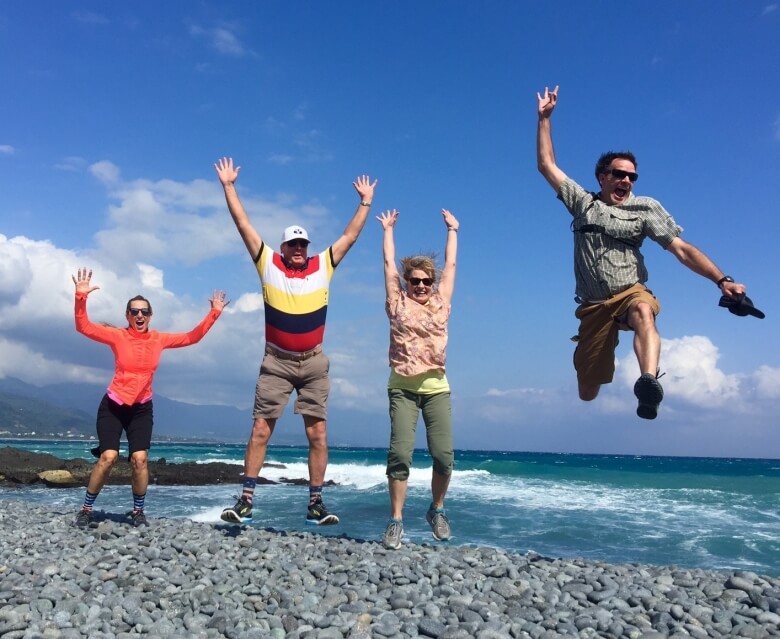
Sanxiantai three immortal bridge 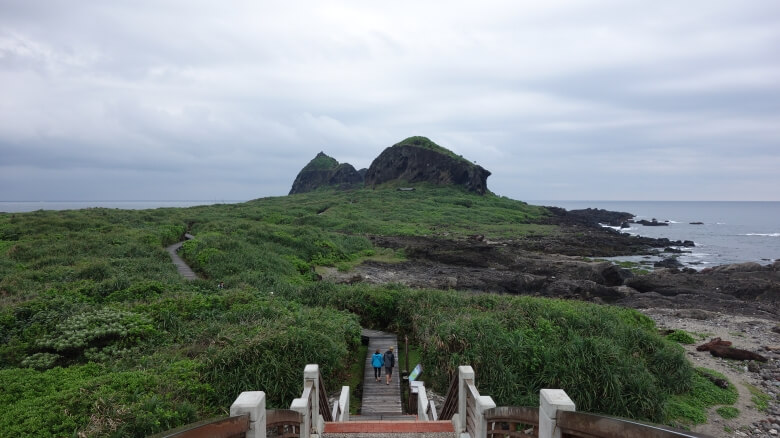
Sanxiantai three immortal bridge
South of Taitung City is Taimali (太麻里), a Paiwan tribe (排灣族) town. Looking down upon it is Jinzhen (Daylily) Mountain (金針山), on which the upper reaches are covered in daylily farms and, in late summer, bright orange-and-gold blossoms. The flowers are used as an edible in Taiwan. Among the best of the numerous leisure-farm operations here is the Ching Shan Farm (青山農場), the first daylily operation, opened in the 1950s by a transplant family from west Taiwan’s Chiayi County. Today, much of the farm’s slopeland has been replanted with non-native tree species and visitors can enjoy a breezy walk through the grove along paths lined with flowering shrubs. On the ridge above the farm another fine walk awaits, through a bamboo forest, your reward a superlative mountain/ocean panorama. Sit a spell at the farm’s open-air, slope-perched café/restaurant, mulling such culinary treasures as daylily soup and daylily buns.
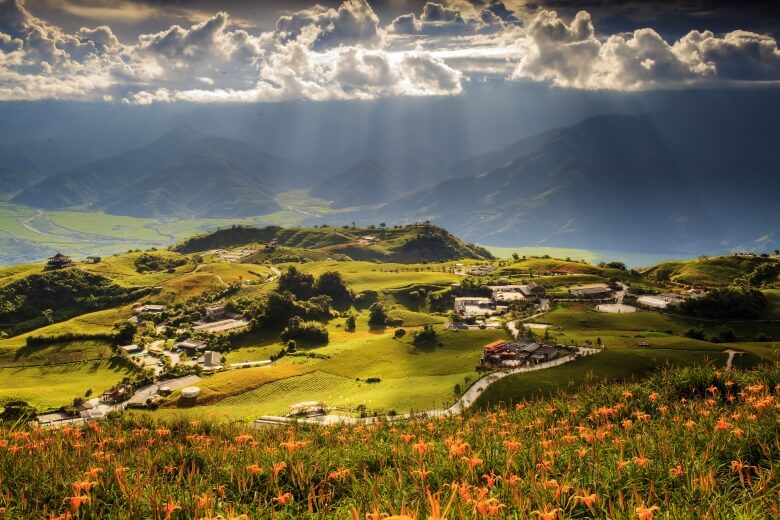
Just south of Taimali town is the coastal village of Jinlun (金崙). Inland a few kilometers from here, up a deep river valley, is Rulakes (Chinese name Liqiu; 壢坵), a combined Paiwan/Rukai (魯凱族) settlement. Visitors are welcome and can explore by themselves or experience a guided village/valley tour, the latter of which starts at the Sauniyau Bakery (少妮姚手工烘焙坊), which specializes in cultural-creative indigenous/south European hybrid fare. Highlights of the tour-menu options are the village walkabout and, deeper in the valley, a sacred monolith-lined pathway used by warriors entering the mountains to hunt, a sacred plateau-top meditation spot where tribal members’ life troubles are spirited away, riverbed eco-introduction, and a farm visit (mango, freshwater shrimp, etc.).
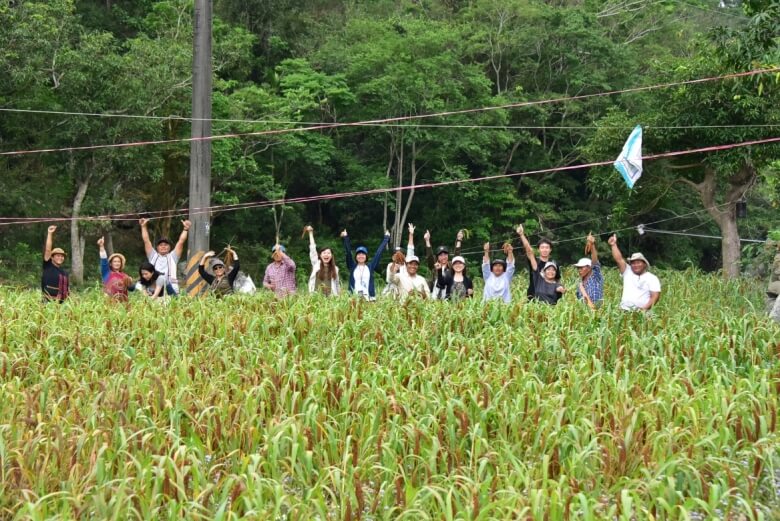
Image source: Hotel Royal Chihpen
East Rift Valley
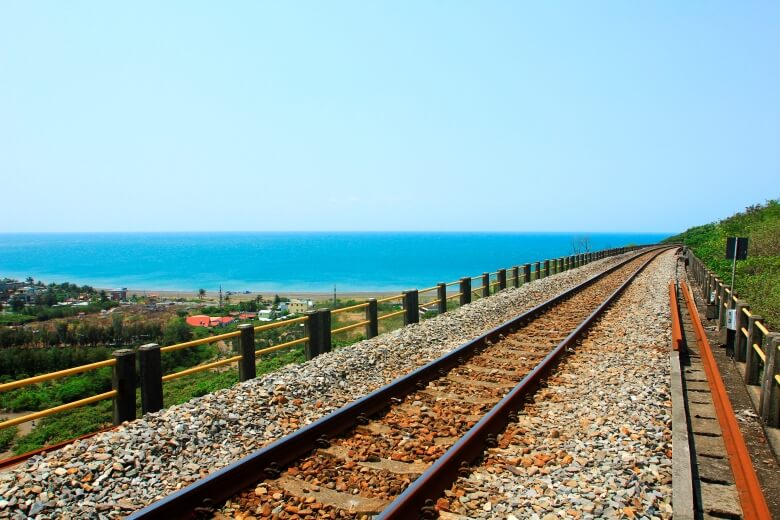
The Luye Highland (鹿野高台) is in the East Rift Valley’s far south, near Taitung City. This is the venue for the annual Taiwan International Balloon Festival, which over the past decade has become one of Taiwan’s most popular non-traditional annual festivals and has been included in a list of “12 Amazing Hot Air Balloon Festivals Around the World” by the US-based Travel Channel. Spread out over a month-plus each summer, balloons from around the globe are featured. Visitors can go up on rides, plus many other draws, notably the “night-glow” concerts with lit-up balloons and synchronized music. Note that balloon and tandem paragliding rides are available on the plateau throughout the year, weather permitting.
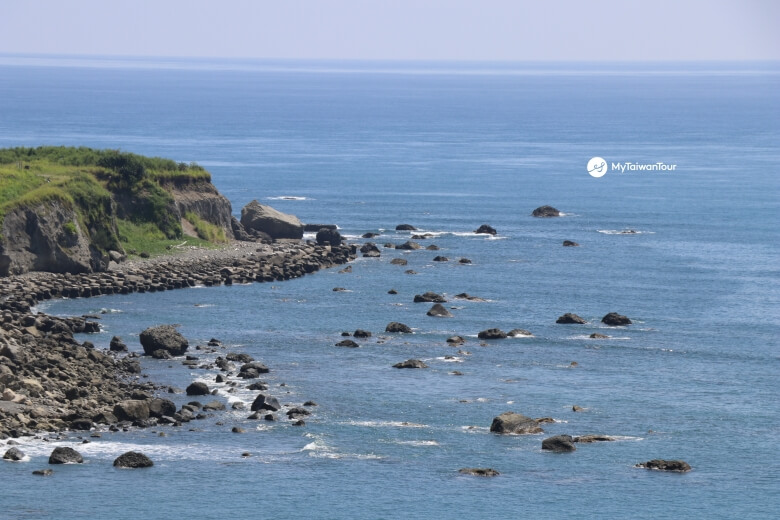
In view across the Beinan River from the Luye Highland is Luanshan (鸞山), a Bunun tribe (布農族) village perched behind a high bluff overlooking the river at the base of Dulan Mountain (都蘭山). The area’s highest point, this mountain is sacred to the Bunun and other local tribal peoples. The Luanshan Bunun offer “open-air forest museum” guided ecology/culture experience tours on the mountain. International travelers generally opt for the forest trek with traditional Bunun feast (feast optional), among other things, including visiting a magnificent sacred grove of giant banyan trees, some 1,000-plus years old. Guides, dressed in traditional ceremonial garb, explain the local tribal history, medicinal, dye, and other useful plants, current forest-protection efforts and much more. After the trek comes traditional songs of greeting plus harvest, hunting and courting songs, an archery lesson using old-style bows and a grand alfresco native-cuisine buffet.
For more information, visit the websites of the East Coast National Scenic Area, East Rift Valley National Scenic Area, and Taitung County tourism authority (www.discovertaitung.com). Note that Luye, Taitung City, Taimali and Jinlun can all be reached by train. The Hotel Royal Chihpen can help guests with any bookings required at the attractions introduced here.


